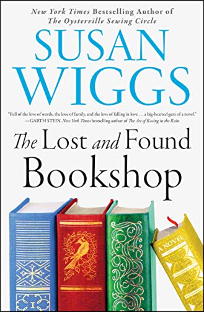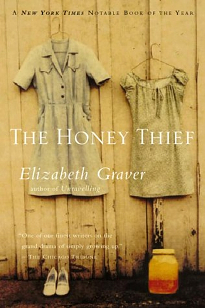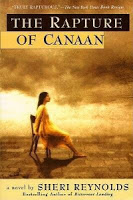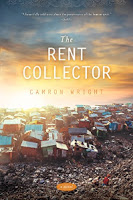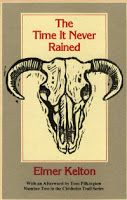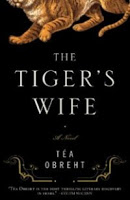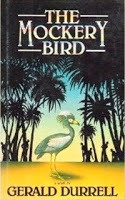One of the items for the reading challenge I’m doing is ‘read a book from your home country or state’ and I looked for books from my library that were set in San Francisco. I suppose this one is considered chick lit? It does have some romance but light on that, and a bit of a mystery, all tied neatly together. I would say the writing style is lighthearted, even if the themes tend to be serious. It’s about a young woman who faces sudden tragedy when her mother and boyfriend die in the same accident. She ditches her high-paying but stressful job in Sonoma County to move back to the city and care for her ailing grandfather, taking over her mother’s struggling bookstore. There’s a lot in the story about how hard she works to keep the bookstore open in site of piling debts and expensive repairs needed on the old building. Made me feel kinda guilty for how many times I’ve gone into a bookstore and only bought a few items, or none at all! Added to the headache of how to manage the bookstore’s finances are her worries about her grandfather’s health, and his struggles with memory loss. I thought his symptoms were due to Alzheimer’s at first, but there’s a sudden turn of events at the end of the story that reveals something else was going on, too. Her coworkers in the bookstore are supportive and charming, and she feels attracted to the “hammer for hire” guy who spends weeks doing repairs on the building, becoming a regular presence- but assumes he’s married (has a cute daughter who loves reading) and thus off-limits. Meanwhile she hopes getting a hot bestselling author to do an event for the bookstore will boost sales, but things get more exciting (and complicated) when the handsome author starts asking her out. It seems too good to be true (and yeah, he was).
Well, it was a good enough read. Some events in the story I saw coming a mile away, a few took me by surprise. Reading a novel set in a city I’m familiar with was fun, although the environs this character inhabited weren’t the area of San Francisco I know well. There’s quite a bit of the city’s history woven into the story as well, as some items that were hidden generations ago are found during repairs, and some family history is uncovered. Past love stories are told in brief, at the same time that the current one is slowly unfolding. Of course there’s lots of bookish love, too- quotes and favorite titles and memories of tidbits from books the characters share with each other. Which was lovely, but of the few books mentioned that were new to me, I didn’t feel interested to add any to my TBR. At all.
Borrowed from the public library.
